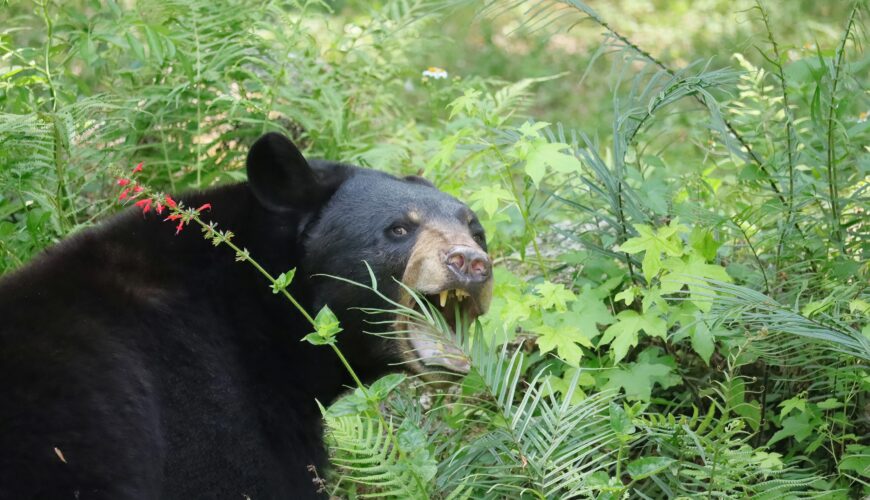News
iSportsman Salutes Our Nation’s Veterans
November 11, 2025 •iSportsman Staff
October 9, 2025
A quiet campground in the Ozark National Forest became the scene of a tragic and highly unusual event last week when a 60-year-old Missouri man was found dead after what authorities believe was a fatal bear attack—the second deadly encounter involving a black bear in Arkansas in less than a month.
A Bear in Camp
According to Newton County Sheriff Glenn Wheeler, deputies discovered the man’s body on September 30 at the Sam’s Throne Campground near Mt. Judea after his family requested a welfare check. The campsite was “disturbed,” with “evidence of a struggle and injury,” Wheeler said. “There were also drag marks leading from the campground into the woods.” The man’s truck was still parked nearby, and his camping gear scattered around the site.
Just days before, the victim had sent his family photos of a young male bear wandering near his campsite. When he stopped responding to messages, his son grew concerned and called authorities. Deputies eventually found him several yards from his tent, dead from what Wheeler described as “extensive injuries consistent with those expected from a large carnivore attack.”
“Until the Arkansas Crime Lab completes the autopsy, we can’t 100% say it was a bear,” Wheeler told Fox News, “but everything strongly indicates it. We know without a doubt that a bear was in camp with our victim and the injuries absolutely are consistent with a bear attack. This is a highly unusual case.”
The Arkansas Game and Fish Commission (AGFC) has temporarily closed the campground while biologists and wildlife officers track the bear, believed to be a young male recently separated from its mother. The animal is considered dangerous and, if located, will likely be euthanized and tested for disease or abnormal behavior.
The Second in a Month
The fatal mauling comes just weeks after another man, 72-year-old Vernon Patton of Franklin County, was attacked and killed by a 70-pound black bear while spreading gravel on his property. That September incident marked the first confirmed bear attack in Arkansas in 19 years and the first fatal bear attack in the state since 1892.. To have a second suspected fatality so soon after has stunned wildlife officials.
“I don’t even know how to put it into words,” AGFC spokesperson Keith Stephens told The Arkansas Times and later Fox News. “These things just don’t happen. When I was told about it, I thought they were kidding me just to give me a hard time from the last one.”
Sheriff Wheeler echoed that disbelief. “I’ve been in law enforcement for 28 years and this is the first bear attack death I’ve ever dealt with,” he said. “It’s very rare and tragic.”
Black Bears Rebounding in the Natural State
Arkansas’ black bear population was nearly wiped out by the mid-20th century due to unregulated hunting and habitat loss. Beginning in the 1950s, the state launched one of the most successful wildlife restoration programs in the nation, transplanting more than 250 bears from Minnesota and Manitoba into the Ozarks and Ouachita Mountains. Today, an estimated 5,000 to 6,000 black bears roam the state.
While the rebound has been a triumph of conservation, it also means bears are more frequently encountered by hunters, campers, and rural homeowners. Still, attacks remain extremely rare. Black bears are generally wary of humans, preferring to flee rather than fight. Aggressive encounters often stem from bears that have become habituated to food, or when humans unintentionally surprise them at close range.
“This is not typical bear behavior,” said AGFC large carnivore biologist Myron Means. “We’re looking into what might have caused this particular bear to act aggressively—whether it was food-conditioned, sick, or something else entirely.”
Sheriff Wheeler said the incident shouldn’t deter people from enjoying Arkansas’ wild spaces but should remind them to be prepared. “If you’re in the area, be aware and use caution, especially with children,” he said. “This is a tragic event, but we live in an area where wild animals are part of the landscape. Respect that and stay alert.”
